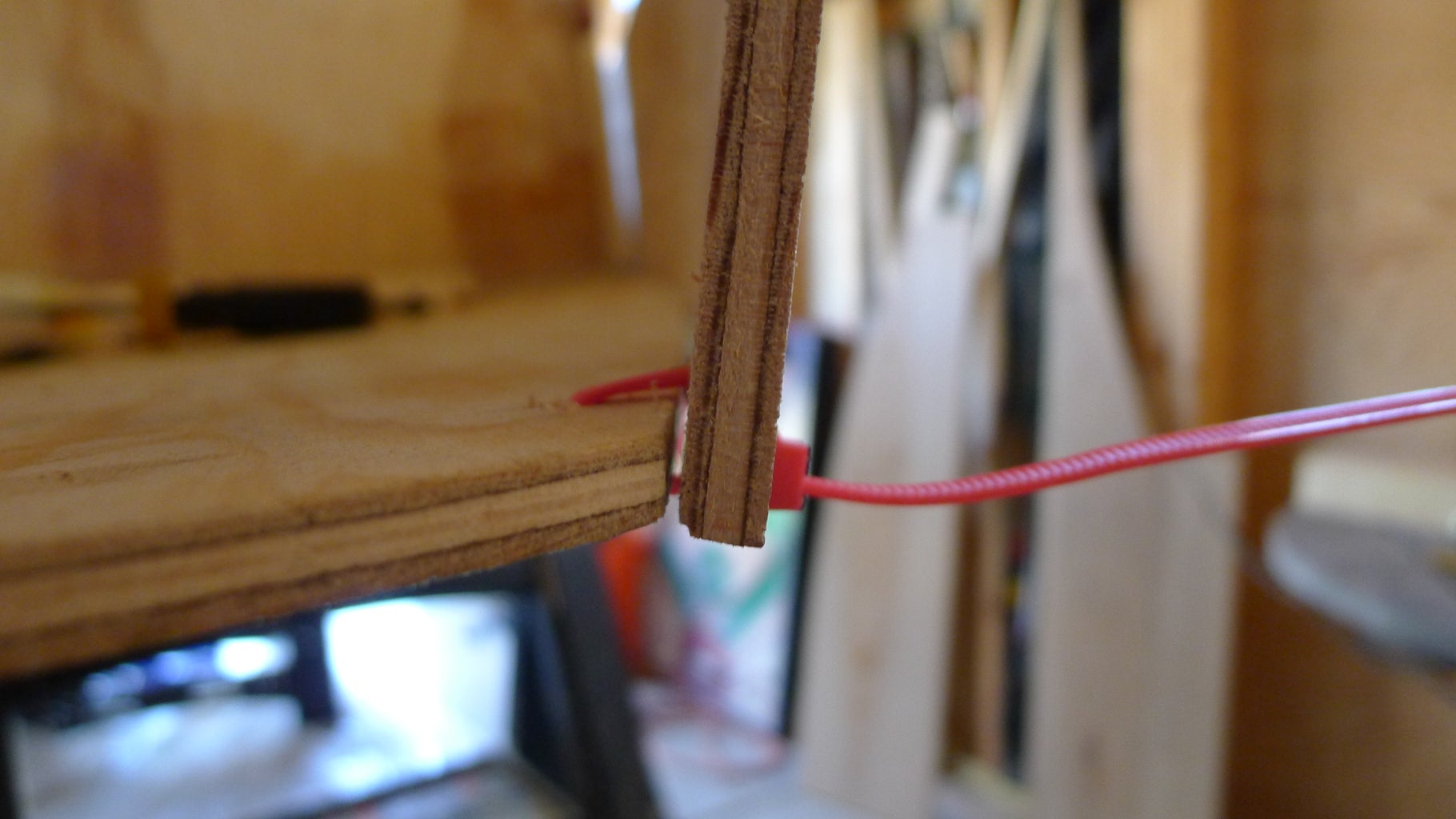
Beyond the Glue: Unveiling the Unexpected in Stitch-and-Glue Boatbuilding
Stitch-and-glue boatbuilding, with its promise of accessible boat construction, has seen a surge in popularity. But beyond the readily available plans and step-by-step guides, lie several often-overlooked aspects that can significantly impact the project’s success and the final product's quality. This review delves into those often-missed nuances, offering fresh perspectives for beginners and seasoned builders alike.
The Unsung Heroes: Material Selection and Its Impact
Most plans simply state "use marine plywood." But what kind? What grade? This seemingly minor detail significantly influences the boat's lifespan and performance. Let's explore this through a Q&A format.
Q: What's the real difference between plywood grades?
A: The grade dictates the number and size of knots and voids. Higher grades (like marine-grade A) have fewer imperfections, leading to a stronger, more water-resistant hull. Lower grades might be cheaper but require more meticulous attention to filling and sealing imperfections, potentially adding to labor time and cost. Recent studies in materials science (referencing, for example, research published in the Journal of Composite Materials) highlight the critical role of void distribution in structural integrity, especially in constantly flexing marine environments.
Q: How does epoxy choice influence the final product?
A: Epoxy isn't just epoxy. Different formulations offer varied working times, viscosity, and UV resistance. A fast-setting epoxy might be convenient but leaves less room for error in a large project. Choosing an epoxy with good UV resistance is crucial to prevent degradation over time. Consulting the epoxy manufacturer’s data sheet (something often skipped!) is key, ensuring compatibility with your chosen plywood and ensuring a long-lasting bond.
Beyond the Plans: Mastering the Art of the Stitch
The "stitch" in stitch-and-glue often gets relegated to a mere preparatory step. However, the stitch pattern and the tension applied profoundly affect the hull's shape and the final glue-up.
Q: Does the stitch pattern really matter?
A: Absolutely! A poorly executed stitch can lead to uneven tension, resulting in a warped hull. Experimentation with different stitch patterns (referencing traditional boatbuilding techniques can offer insight) and careful tension control are crucial for a perfectly formed hull. Consider using a digital tension gauge for consistent resultsâ€"a method rarely discussed in beginner plans.
Q: How can I avoid common stitch-and-glue mistakes?
A: Many beginners rush this stage. Taking your time, using consistent stitch spacing, and paying close attention to detail will prevent headaches later. Consider using a stitch-and-glue jig to ensure uniformity, a technique often omitted from standard instructions, but a game-changer for achieving precision.
The Unexpected Challenges: Beyond the Textbook
Real-world boatbuilding rarely follows the perfect path laid out in plans. Let’s examine some unexpected hurdles and creative solutions.
Story 1: The warped plywood sheet. Imagine this: You’ve meticulously cut your plywood sheets, only to discover one has a significant warp. Most plans don't address this. The solution? Don't scrap the sheet. Use clamps and weights to gently correct the warp *before* stitching, allowing the epoxy to hold it in place during the cure. Careful application of heat (with caution to prevent damage) can also help with stubborn warping. Documenting your process with photos could become a valuable learning tool for future projects.
Story 2: Unexpected gaps. Even with careful stitching, small gaps might appear during the glue-up. Don't panic! These gaps can often be filled with thickened epoxy. Use a flexible filler to accommodate hull movement. This flexible filler prevents stress cracks, a crucial point not always emphasized in beginner guides.
Conclusion: Embracing the Unexpected in Stitch-and-Glue
Stitch-and-glue boatbuilding is rewarding, but success hinges on understanding the subtle nuances beyond the basic plans. By considering material selection, stitch technique, and proactively addressing potential challenges, builders can elevate their projects from simple constructions to robust, seaworthy vessels. This means embracing a mindset of continuous learning, meticulous attention to detail and a healthy dose of creative problem-solving.

0 comments:
Post a Comment
Note: Only a member of this blog may post a comment.